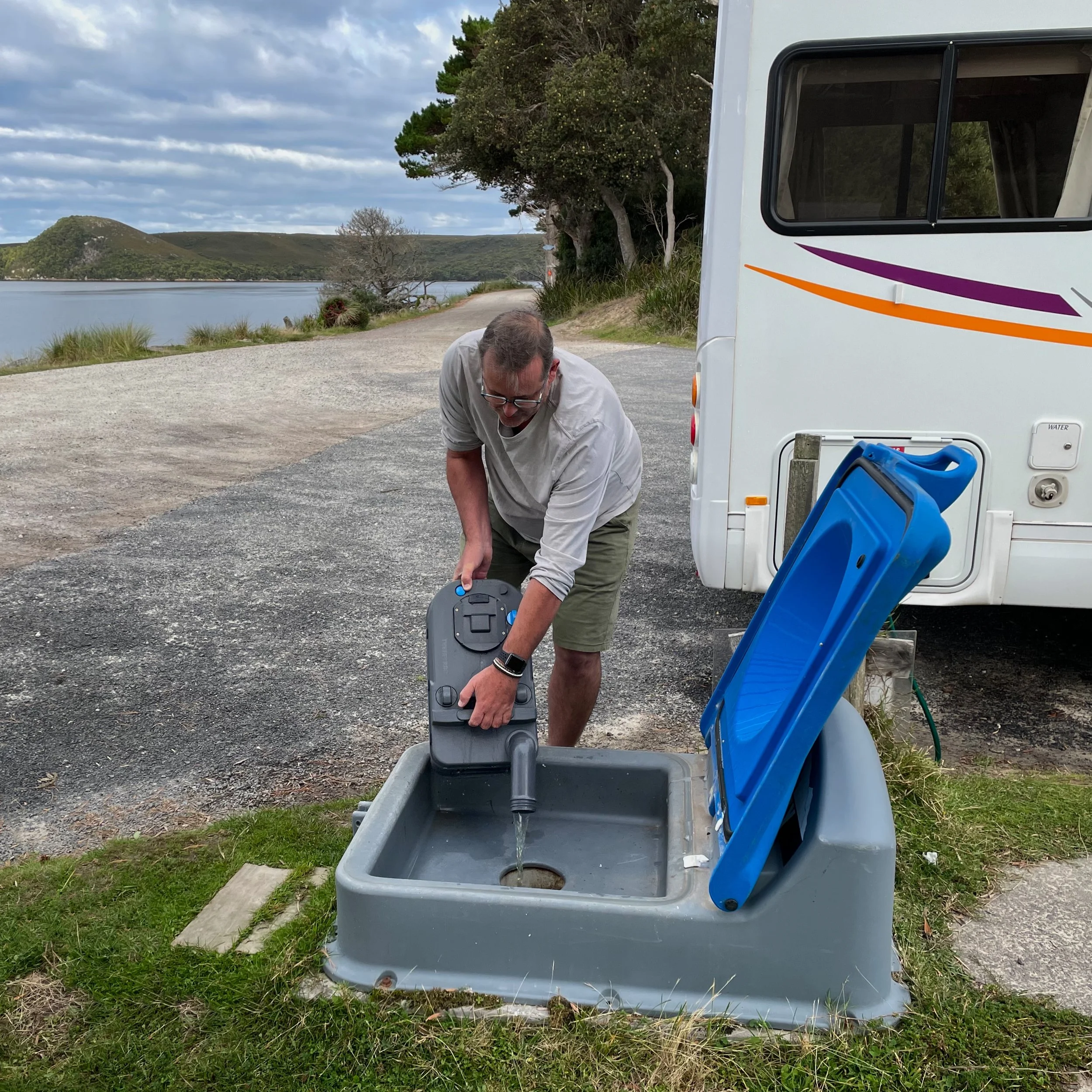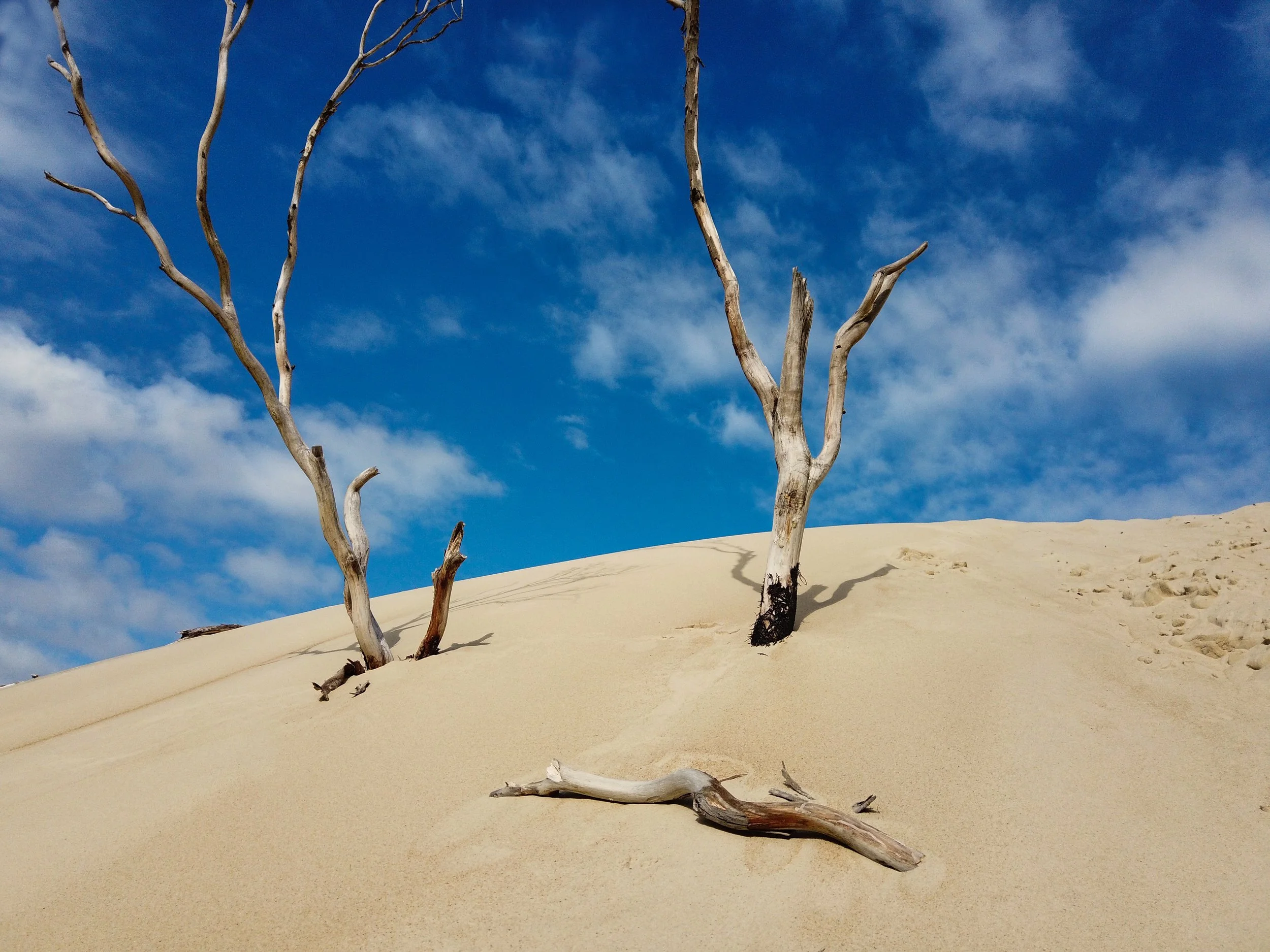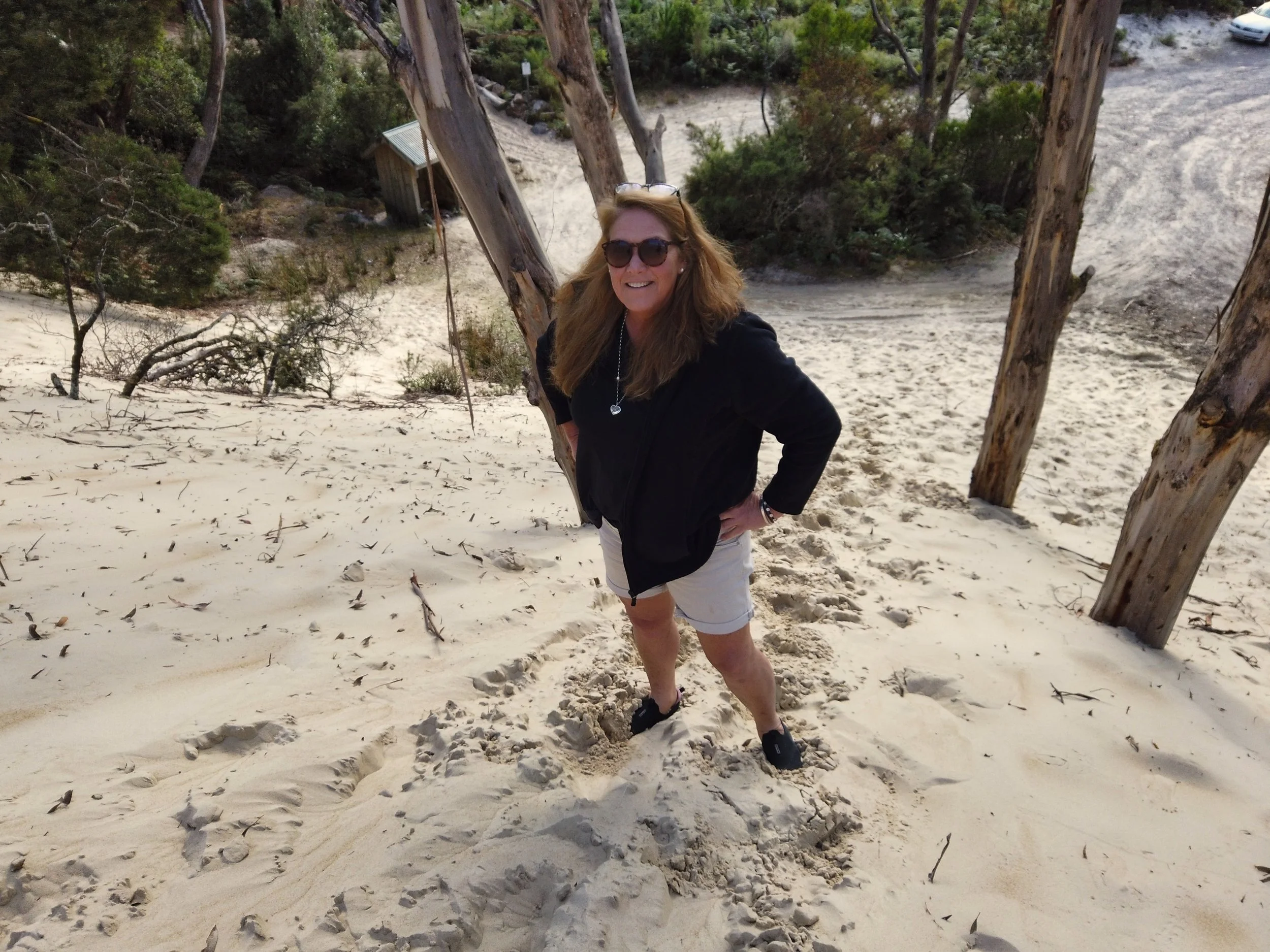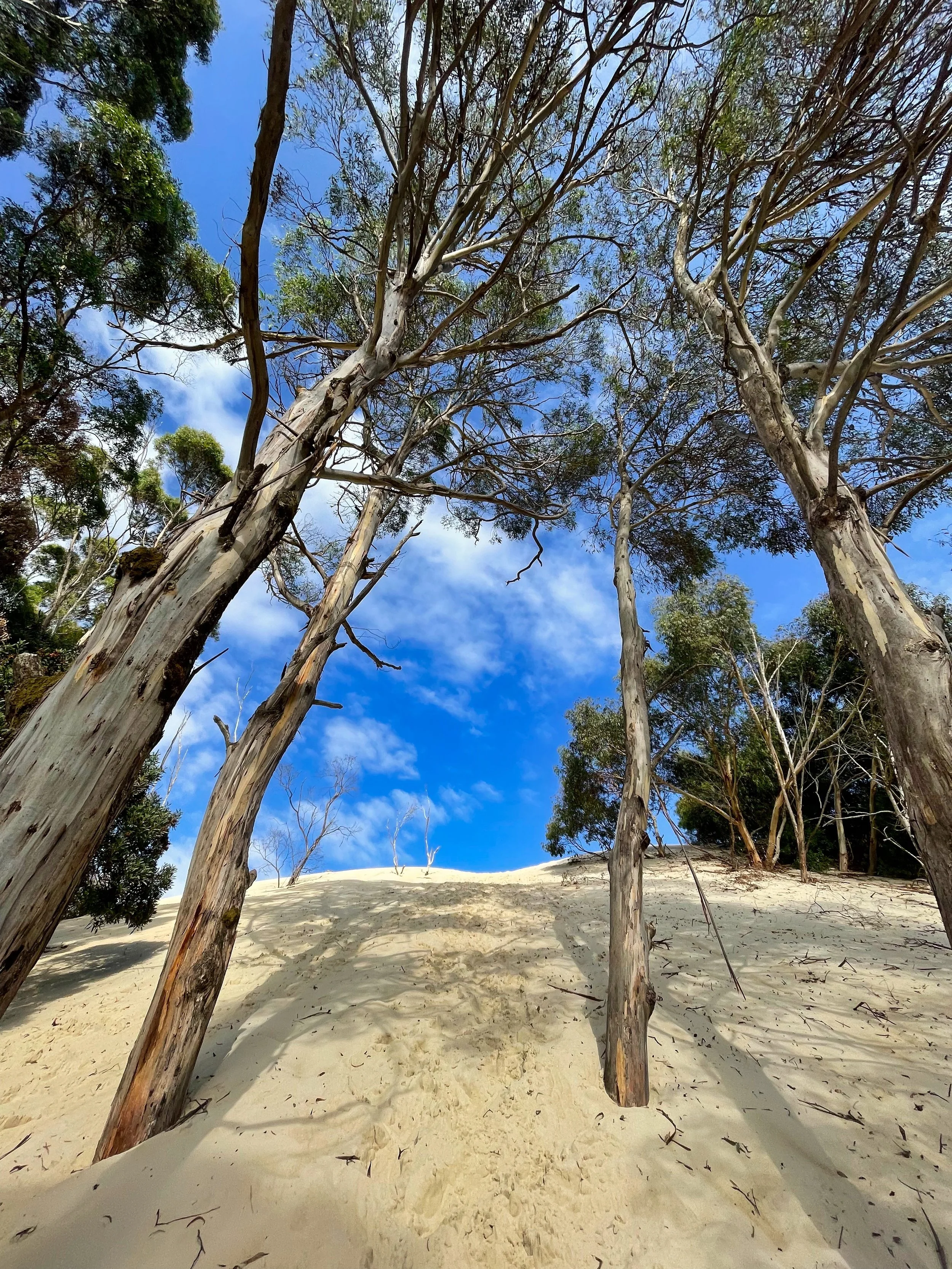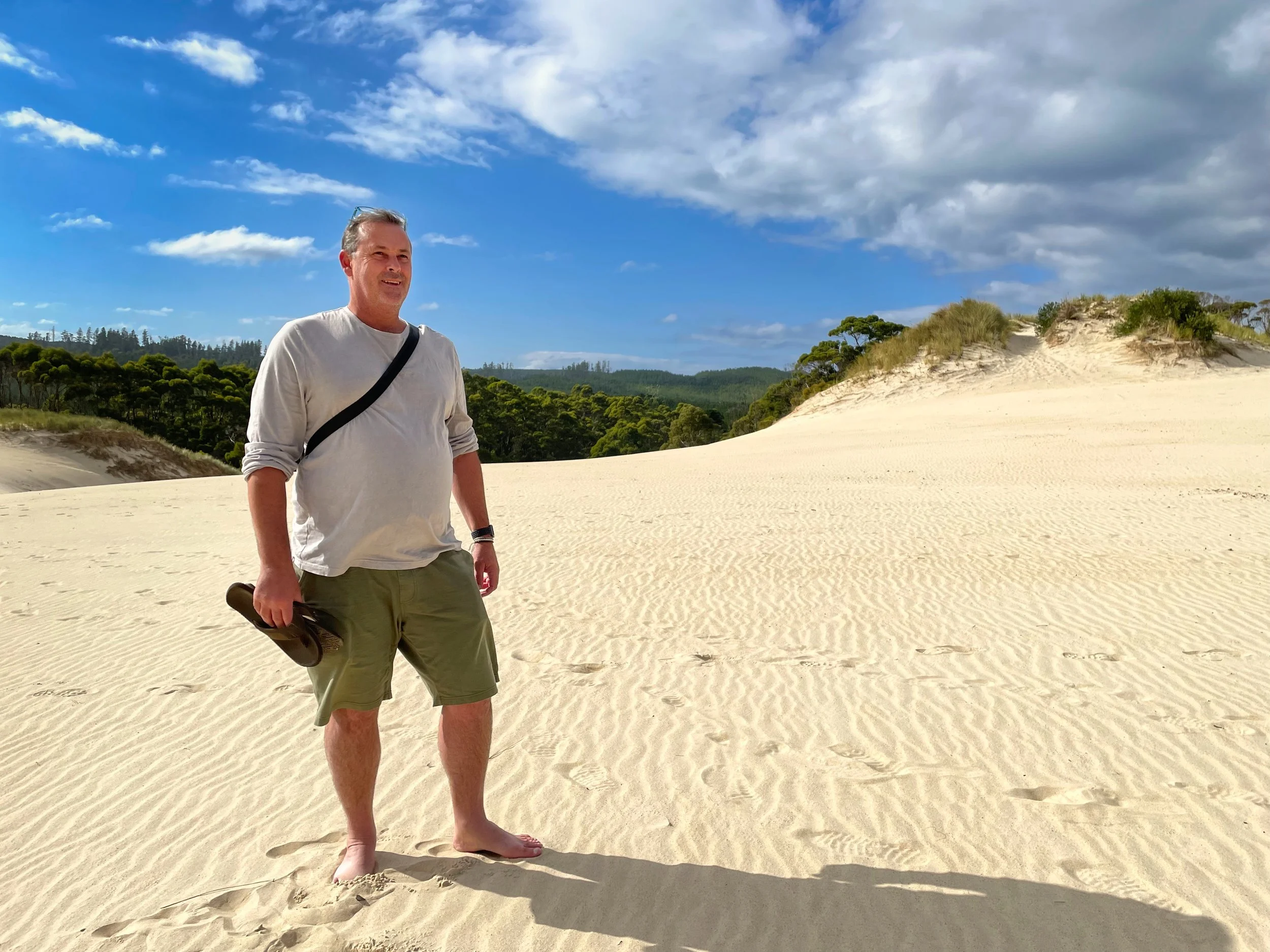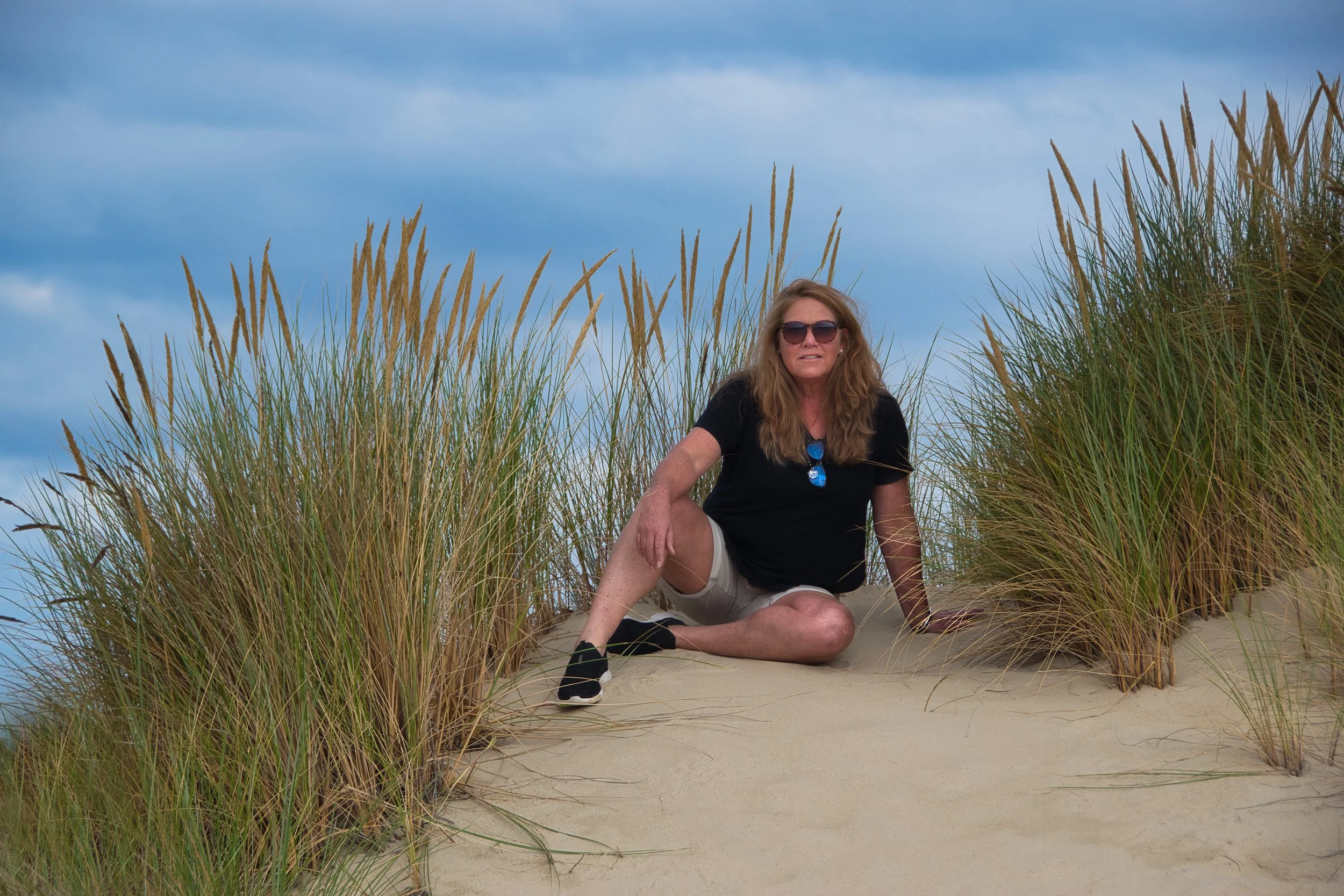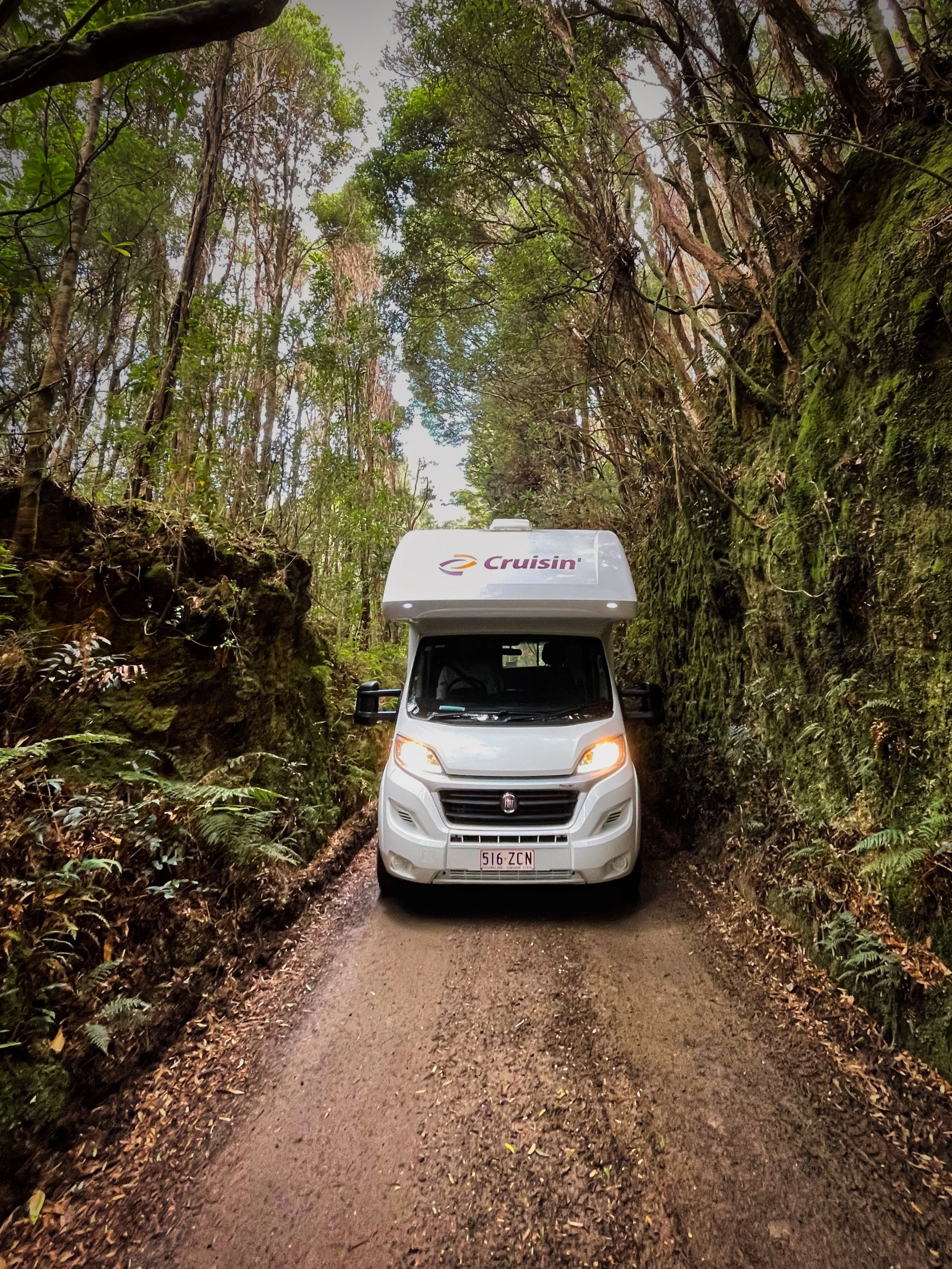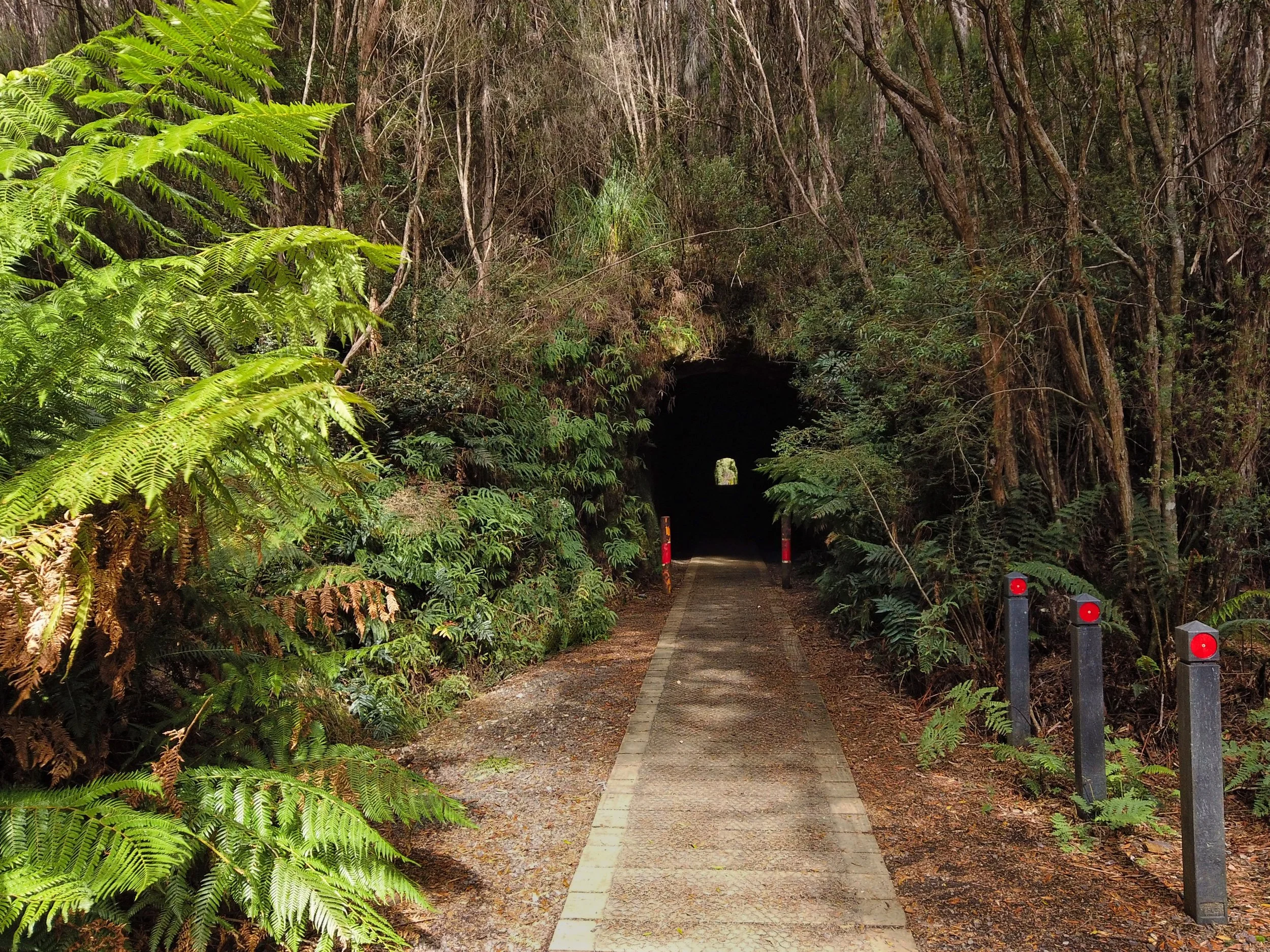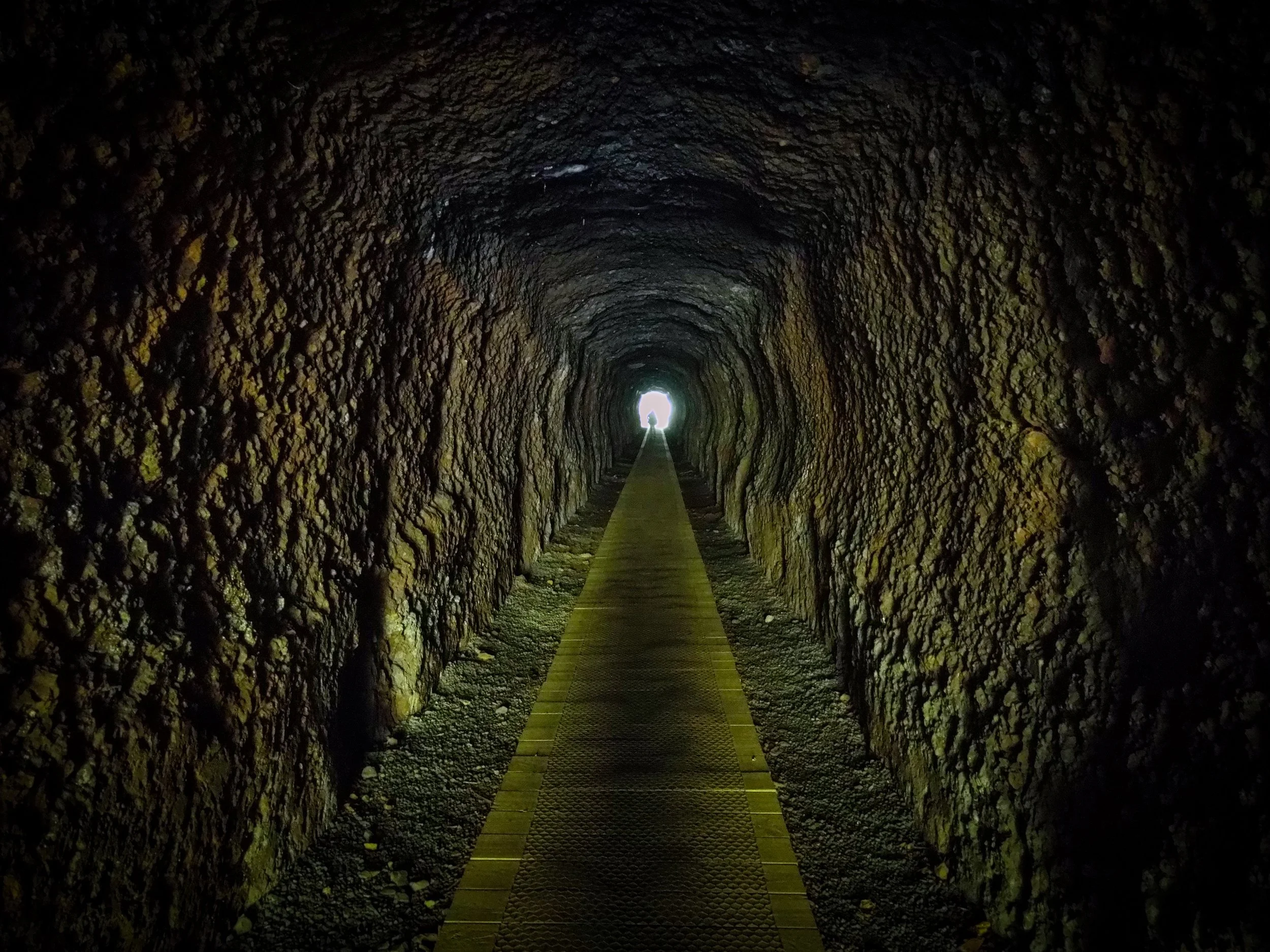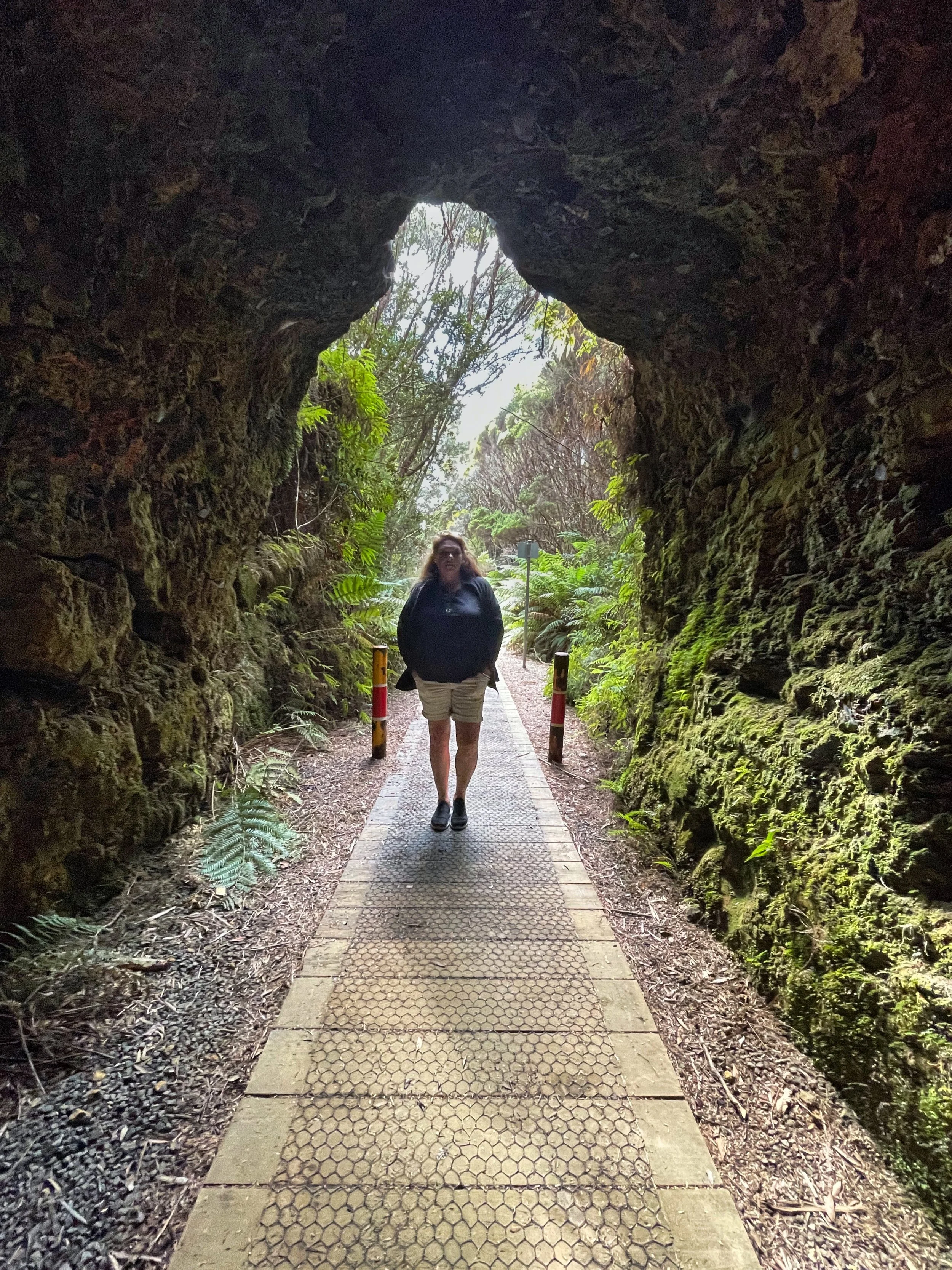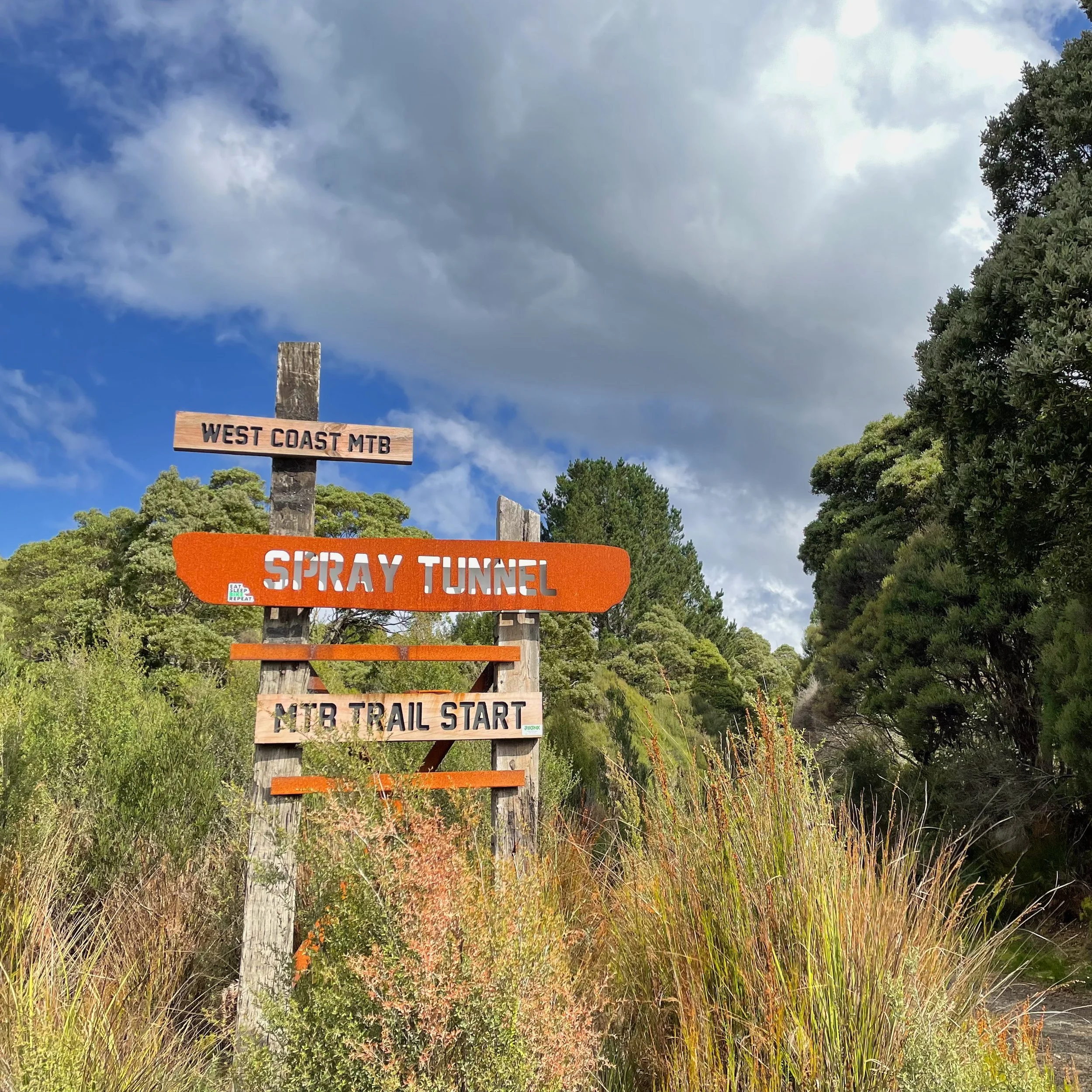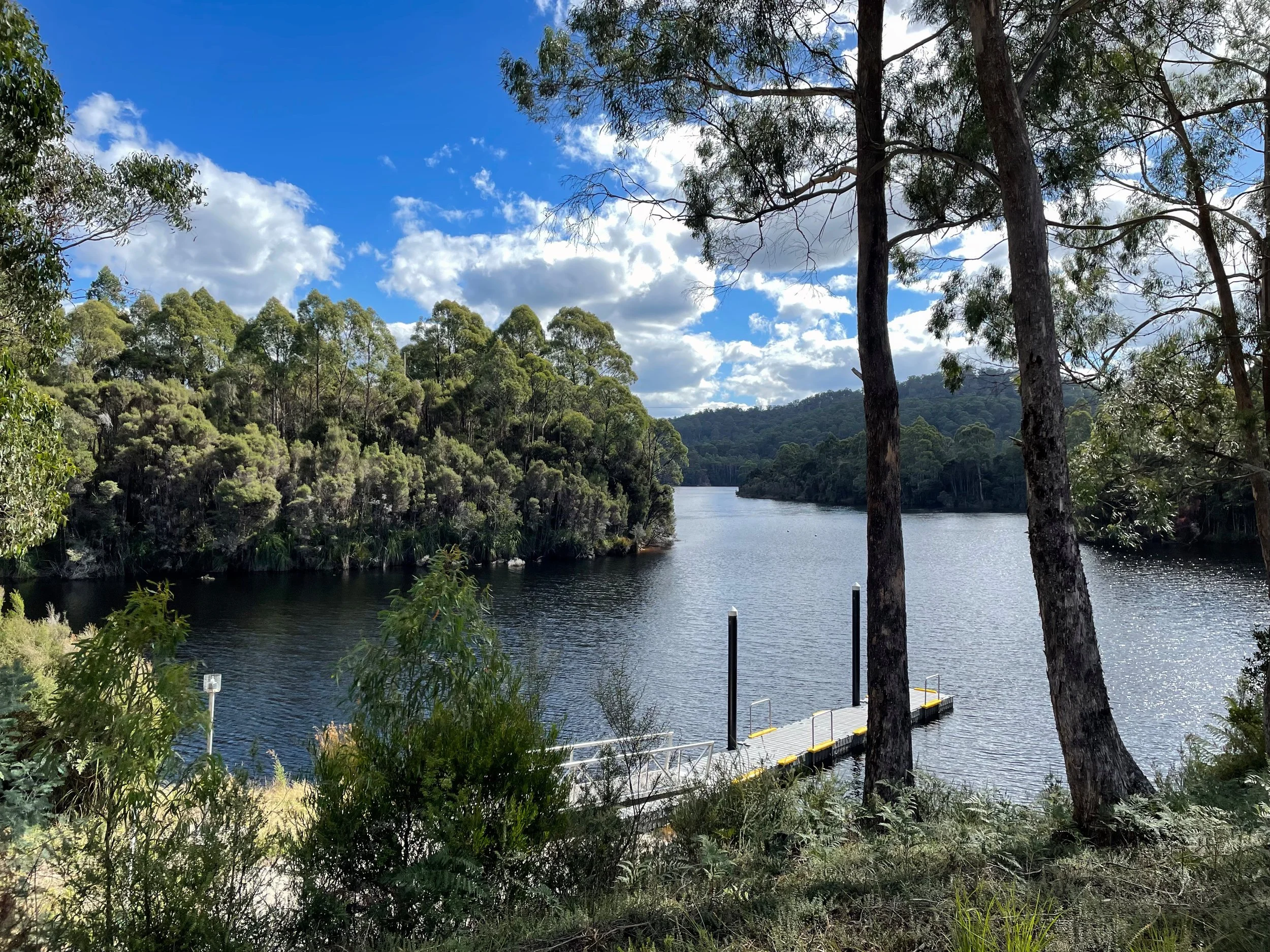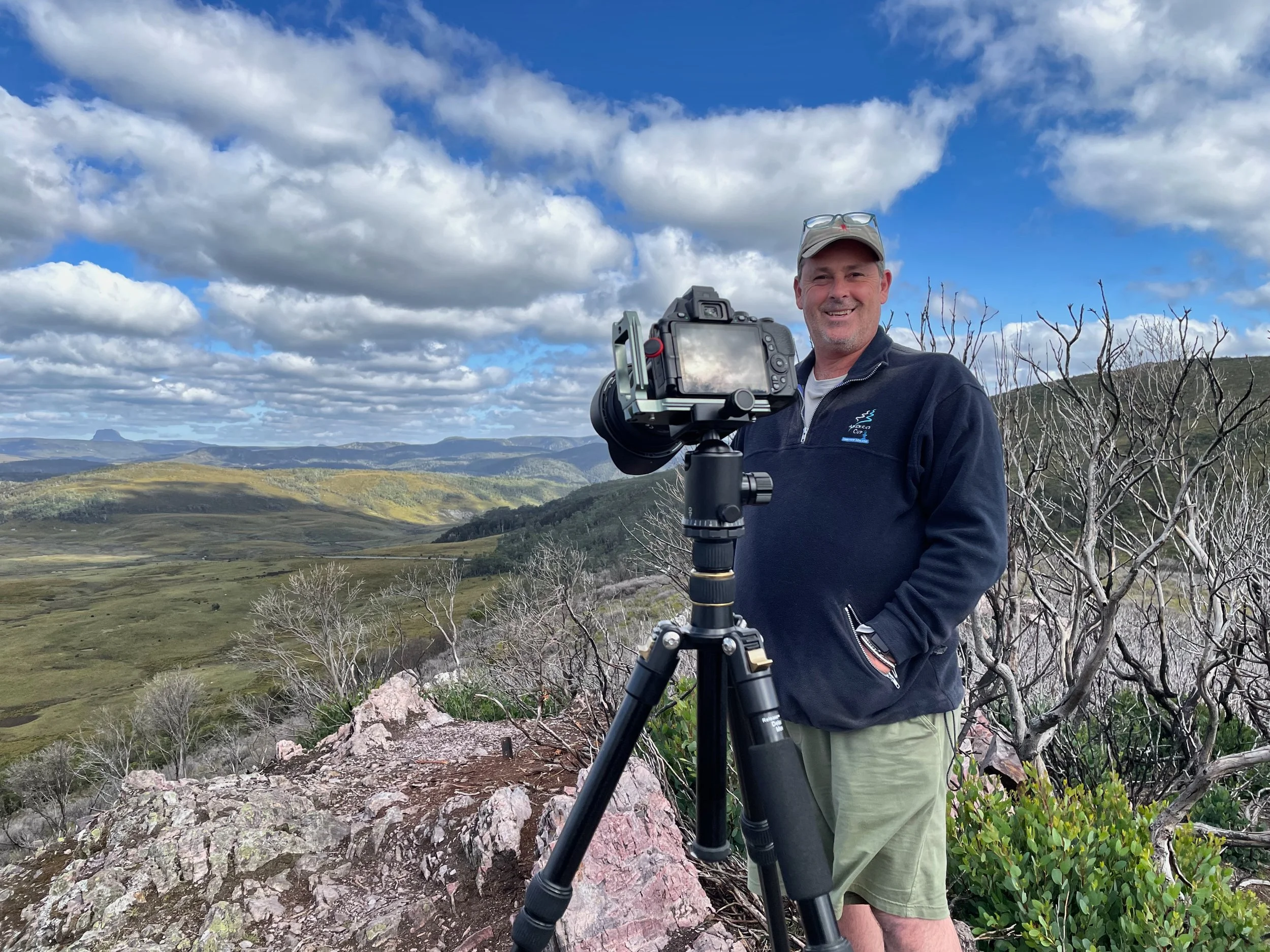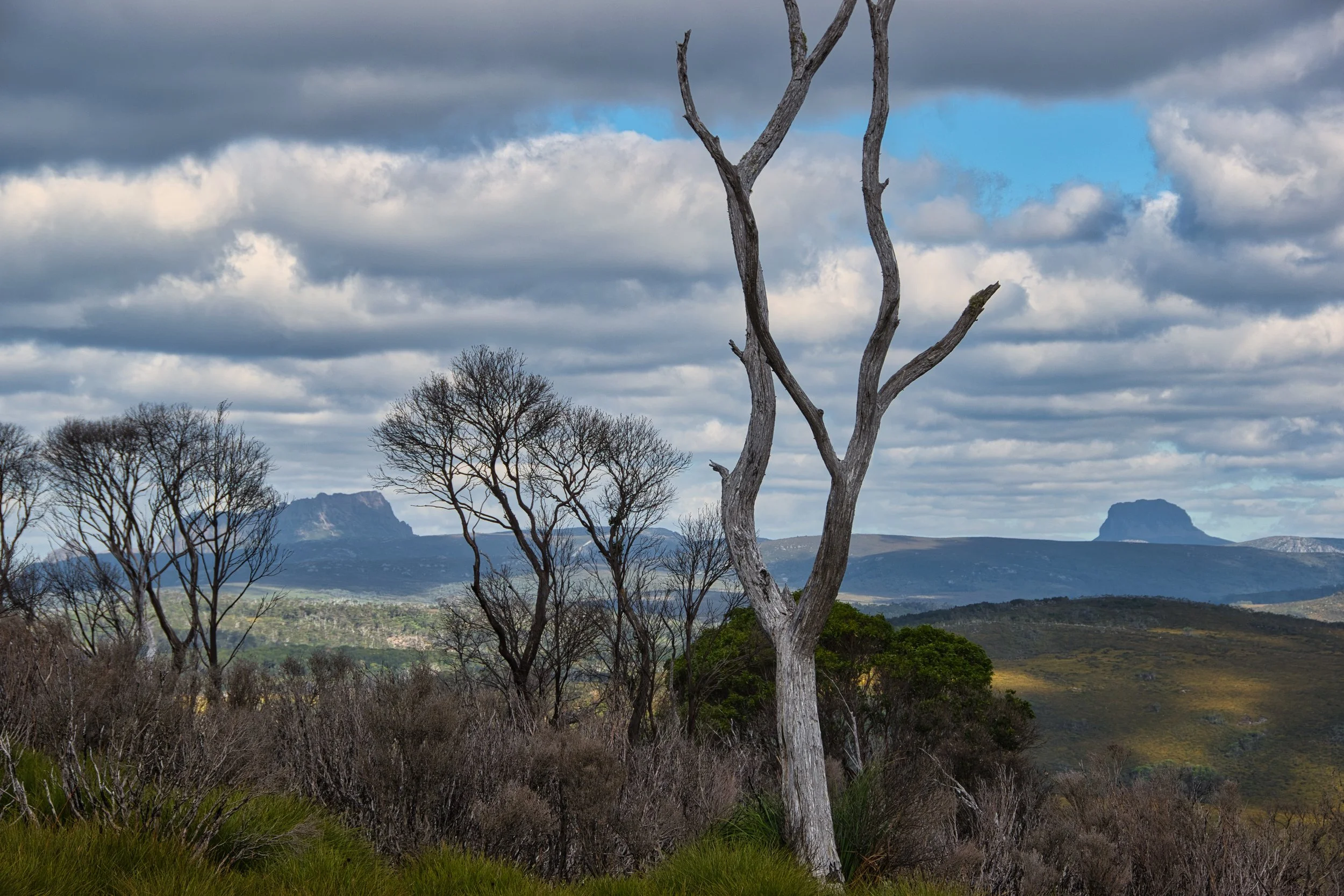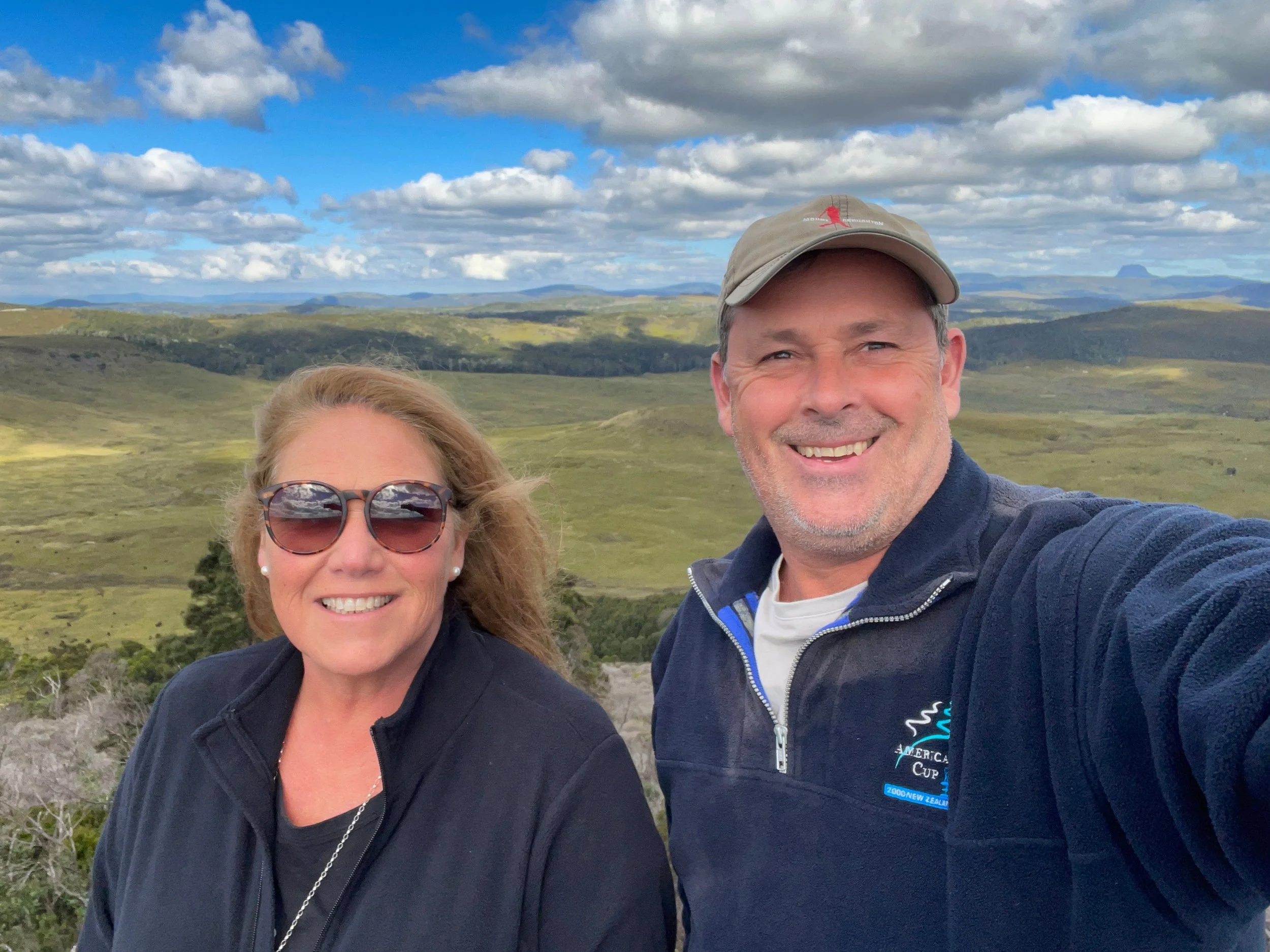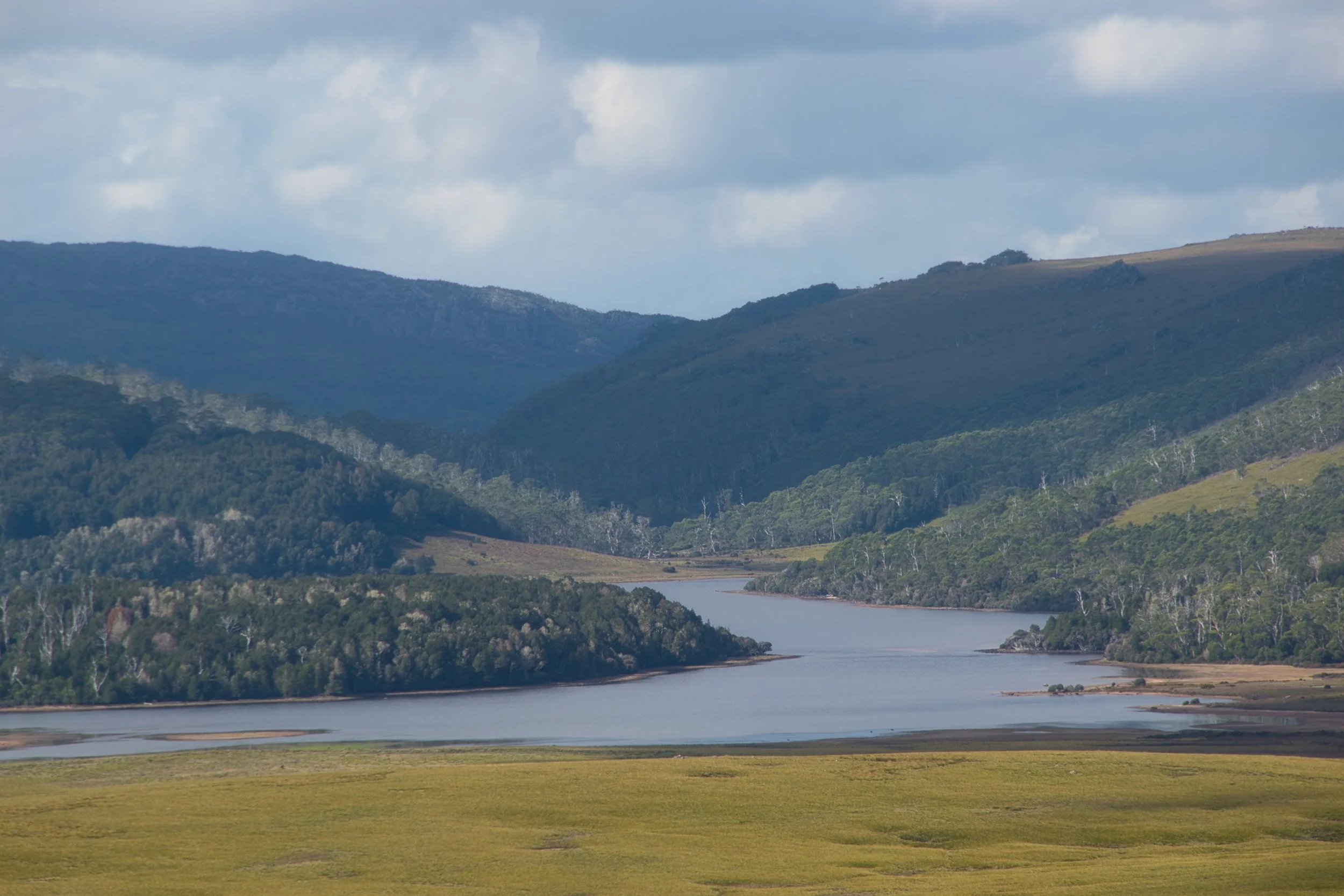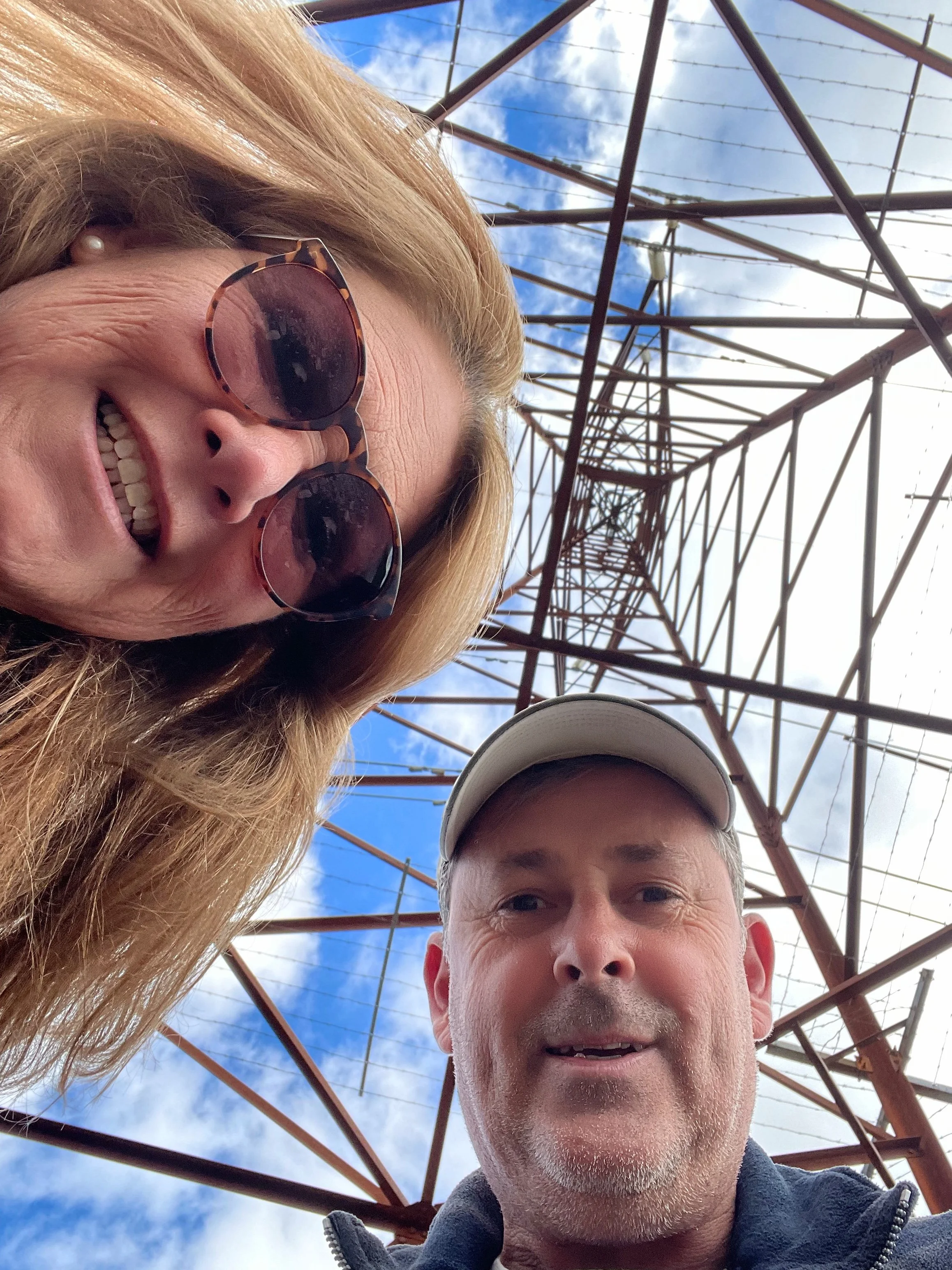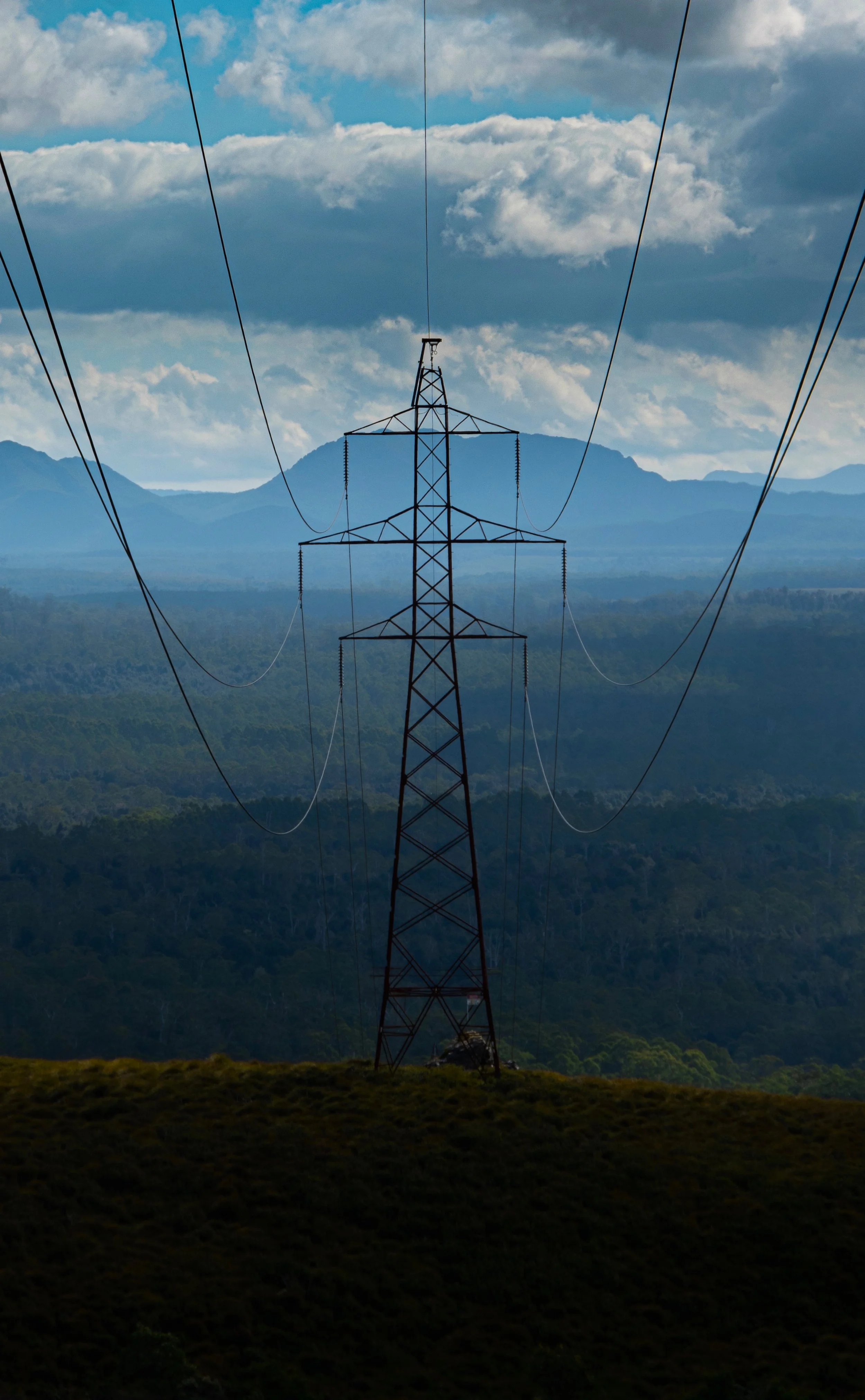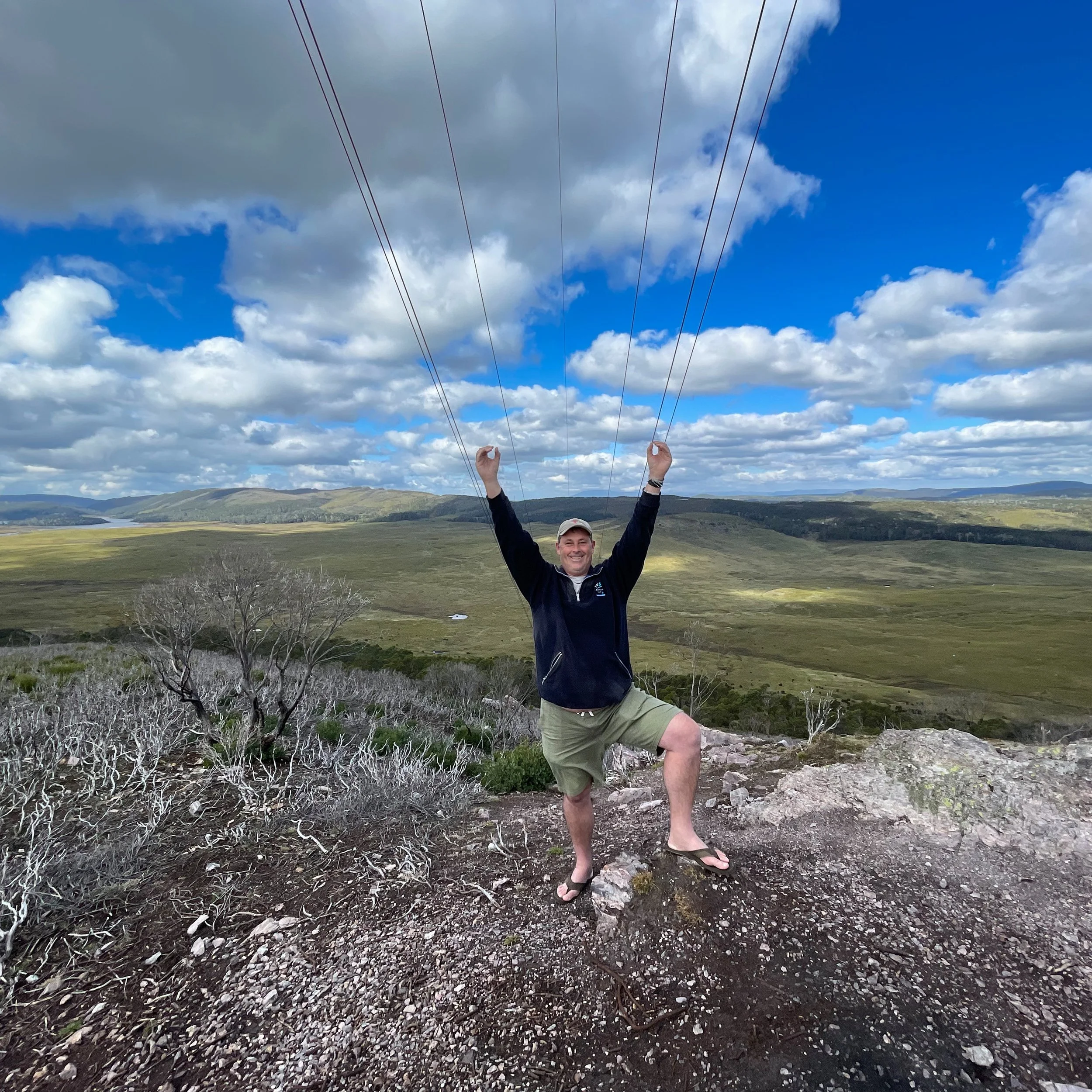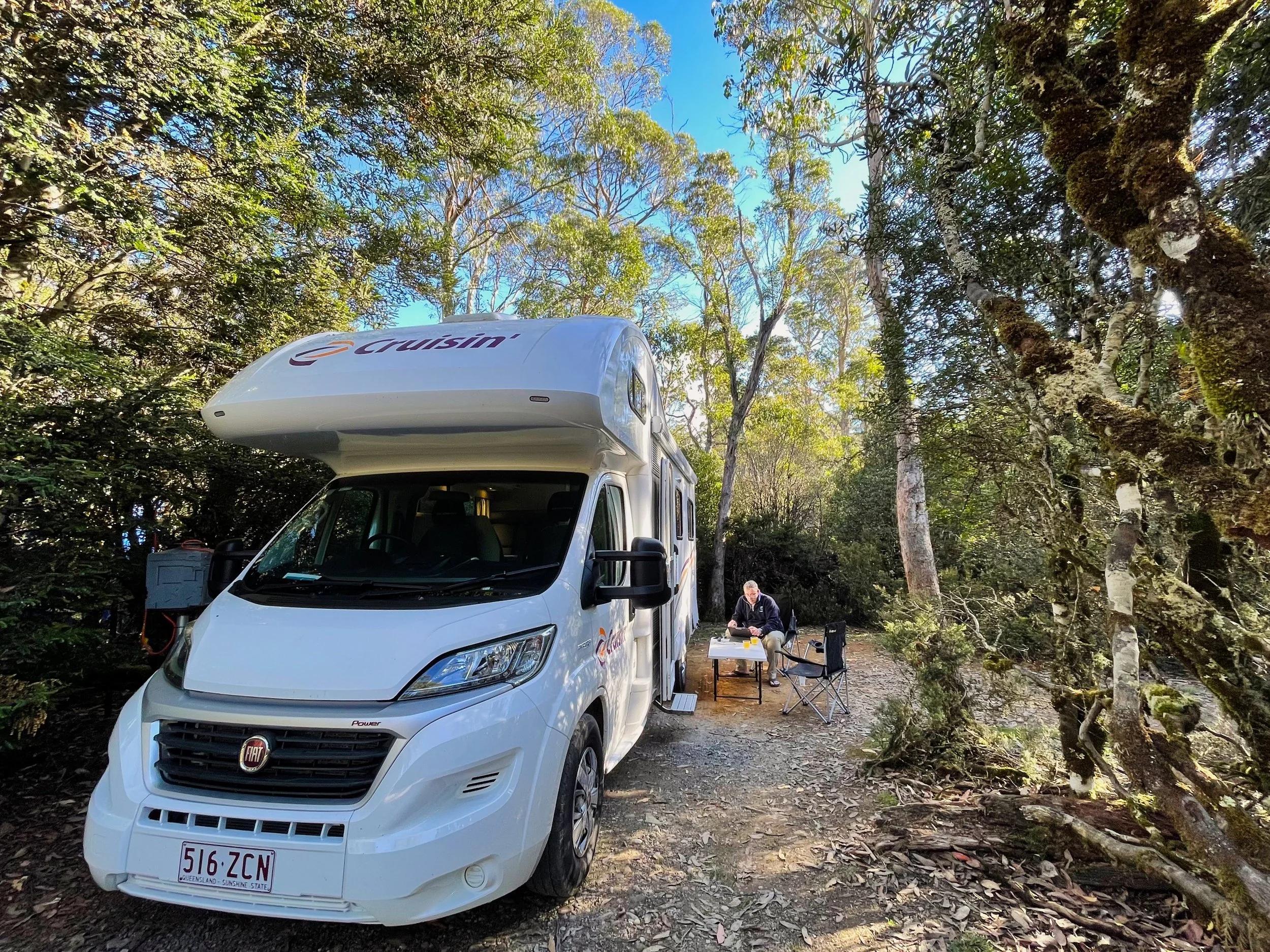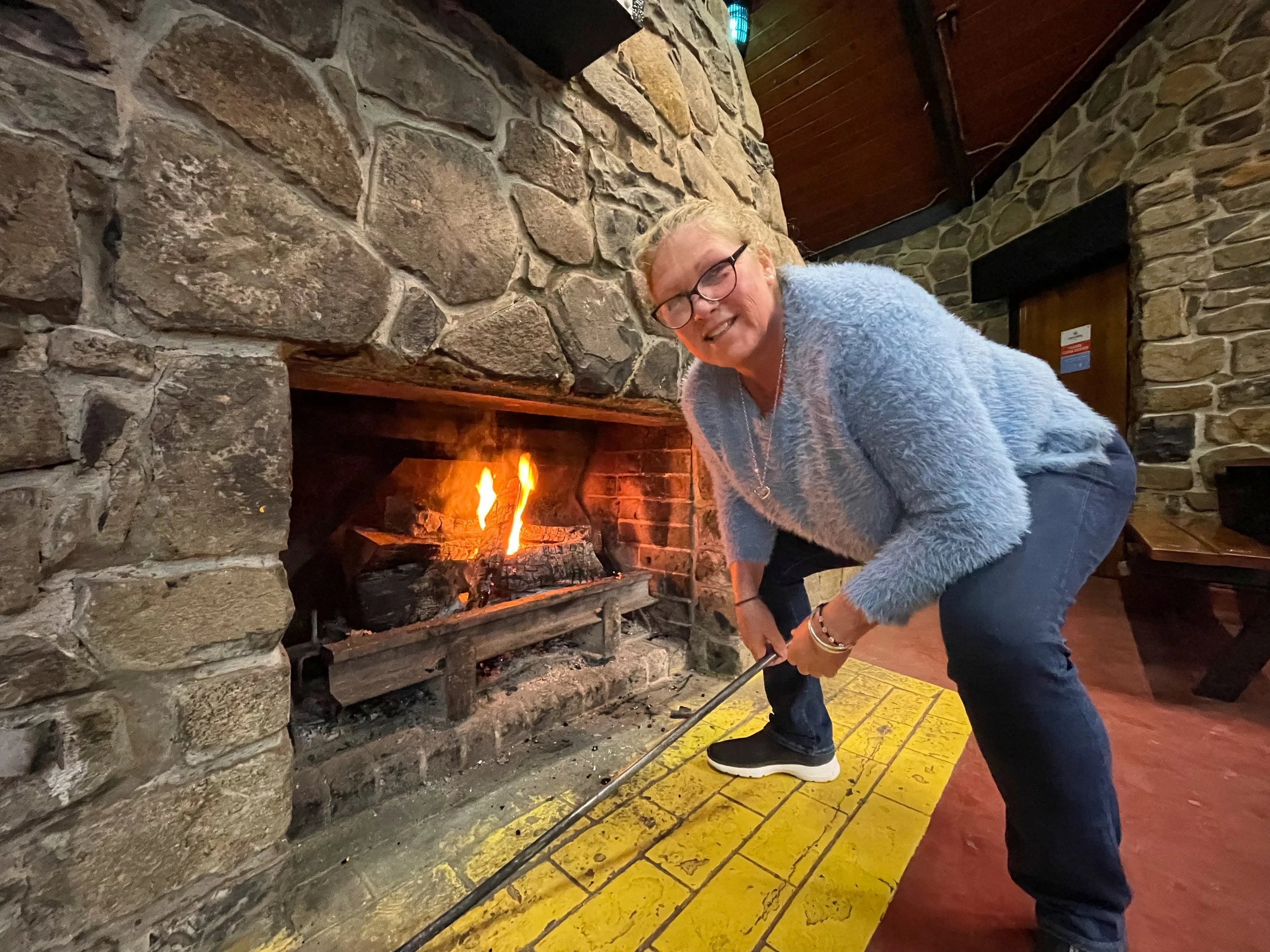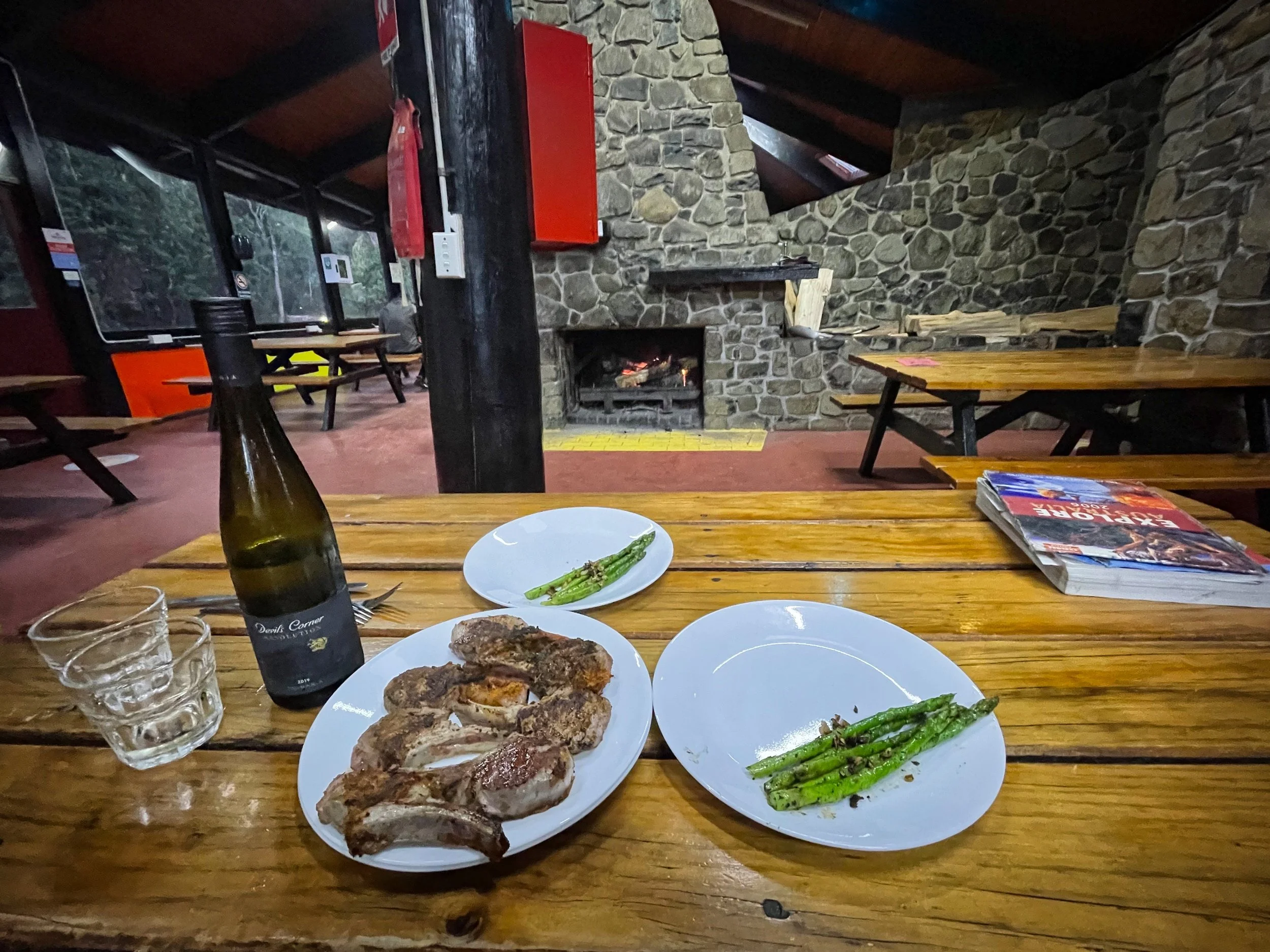5th Light - Strahan to Cradle Mountain
Now well and truly on the west coast, there was no sunrise shoot planned today. So we slept in - like 7:00am for us - and cooked a hearty breakfast listening, and watching, the bird life dance around our campsite.
Taking full advantage of the facilities at the campgrounds entrance, we topped up our water, disposed of our, well, disposings, and made a bee-line for Cradle Mountain. Not 20 km north we hit our first planned stop of Henty Dunes. Blown in from the roaring forties and reaching 40 metre heights along a 15 km stretch of coastline, these sand dunes are a virtual desert among the rainforest of western Tasmania.
The first dune is a bitch. Steep, uneven, and tortuous on the calves. But atop this the sand levelled out and at this time of morning still held the multitude of varmint tracks made overnight. Wild dogs, fearal cats, wallaby and others imprinted the windswept sands leaving us to only imagine last nights escapades.
At this point we should enlighten our readers further on the idiosyncrasies of Taswegian travel. On the mainland we gauge distance by kilometres. Here, we were told, and quickly learnt, it’s by time. 50 kms on a map is more like 80 minutes given the terrain. Acute bends, elongated uphill stretches, and dangerous descents slow you down. If not for the views normal frustrations would take over. But we cruised as required and rolled into Zeehan 90 minutes later to stock up on essentials and pass through the town on our way to the Spray Tunnel.
At the turn of the century silver mining was the core economy of this region and a 100 metre long tunnel was carved through the mountain to extract product from the Spray Silver Mine by locomotive. Long closed, the tunnel remains, and under ideal conditions glow worms illuminate the darkness affording visitors a surreal walk through the passage. The drive to the tunnel itself was an equal adventure along a very narrow and often claustrophobic road. Despite numerous signs advising campervans were not suitable, we proved in fact they were.
The town of Roseberry was next in line and we thought an ideal spot to stop for lunch. 2 km out a billboard for the Bakery and Pie Shoppe salivated the senses and we zestfully pulled into town to savour such delights. Be it covid or retirement, the town was sadly a remnant of days of yore and we lamented the demise of so many of these communities throughout our country.
We chanced upon a boat ramp outside the next town of Tullah. Nestled on the banks of Lake Mackintosh we dined on cold meats, cheeses and olives, our “go to” lunch when parked up, and a perfect opportunity to rest from what had been a reasonably demanding drive through the seemingly endless West Coast Mountain range. The country however is spectacular and every bend provided an even greater view than the last. Be it mountain, valley, flora or fauna, this region of Tasmania is truly spectacular.
Back on the road we headed for a planned photographic stop at the Vale of Belvoir renowned for its panoramic beauty. The recommendations were right on the money and despite the unwelcome 400 metre climb to Black Bluff lookout, the vale and surrounding vista was breathtaking. Looking up the Middlesex valley we turned 180 degrees to spy Cradle Mountain, our home for the next 2 nights, and ripped off both structured and goofy images alike.
However more significantly, the vale is widely recognised as one of the most important places for nature conservation in Australia. Comprising 500 hectares of private land protected in perpetuity by the Tasmanian Land Conservancy, the reserve holds a diversity of habitats, threatened plant species, wetlands, and old-growth rainforests. It is also home to the world’s densest population of carnivorous marsupials including the vulnerable spotted-tailed quoll and endangered Tasmanian devil.
Black Bluff lookout
We continued only a little further along the C132 finding the turn off for Cradle Mountain Rd. As the name suggests the road marks a definitive destination and we rolled into the Discovery Caravan Park which is pretty much the only place to camp. They gave Anthony a secluded, bushy powered site metres from the camp kitchen and ammenities block. We chose the former to cook our dinner and dine in what we think is the best camp kitchen experienced across the continent. Open fires, electric BBQ’s, sinks and communal library added hours to our dinner as we regaled stories with fellow travellers throughout the night. Despite the roaring fire and internal warming devices employed, the temperature plummeted to almost zero making our move back to camp a little harder.

